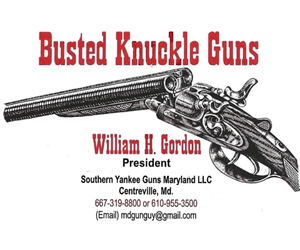E.Shell
Ultimate Member
Very true. Many people believe they need a much lighter trigger than they actually do, because they perceive a rough or long trigger pull as heavy and/or they have issues with execution....Trigger feel is very deceptive and is what causes people to gravitate towards single stage triggers....
One of my precision rifles has a very crisp 4-1/2# trigger that many people mistake as being much lighter, while another has a very long and creepy 3# pull that is often thought of as being extremely heavy.
In the end, finger control is the critical factor and good technique is much less affected by variations in trigger action. Most of my students showing up for class with extremely light triggers are satisfied to bring them back up to around 3 to 3-1/2# once they see the correct way to execute trigger pressure and see the loss of fine control with a too-light trigger. Two stage pulls are the bane of the trigger jerker...another reason light pull single stage triggers are so popular.

